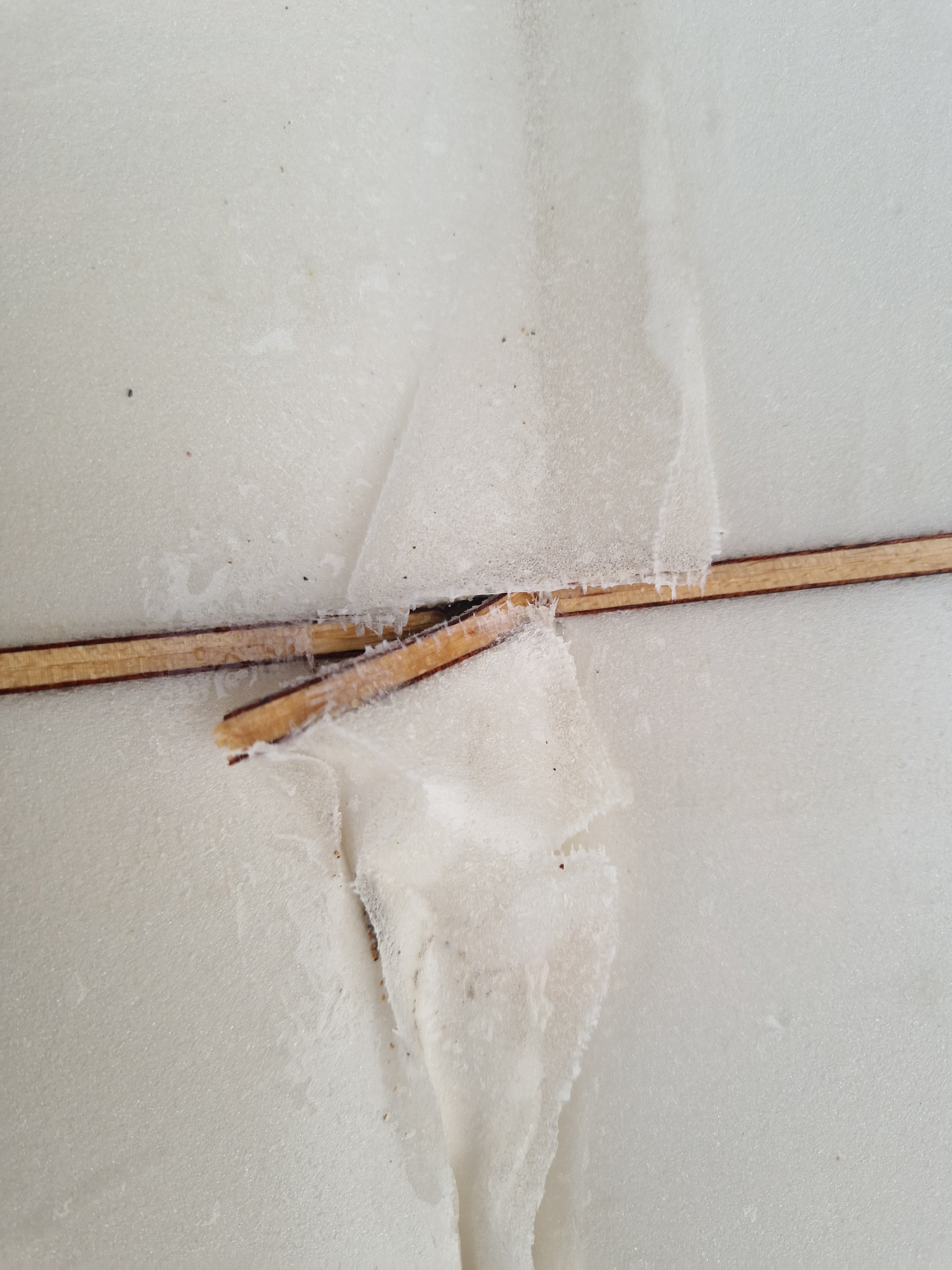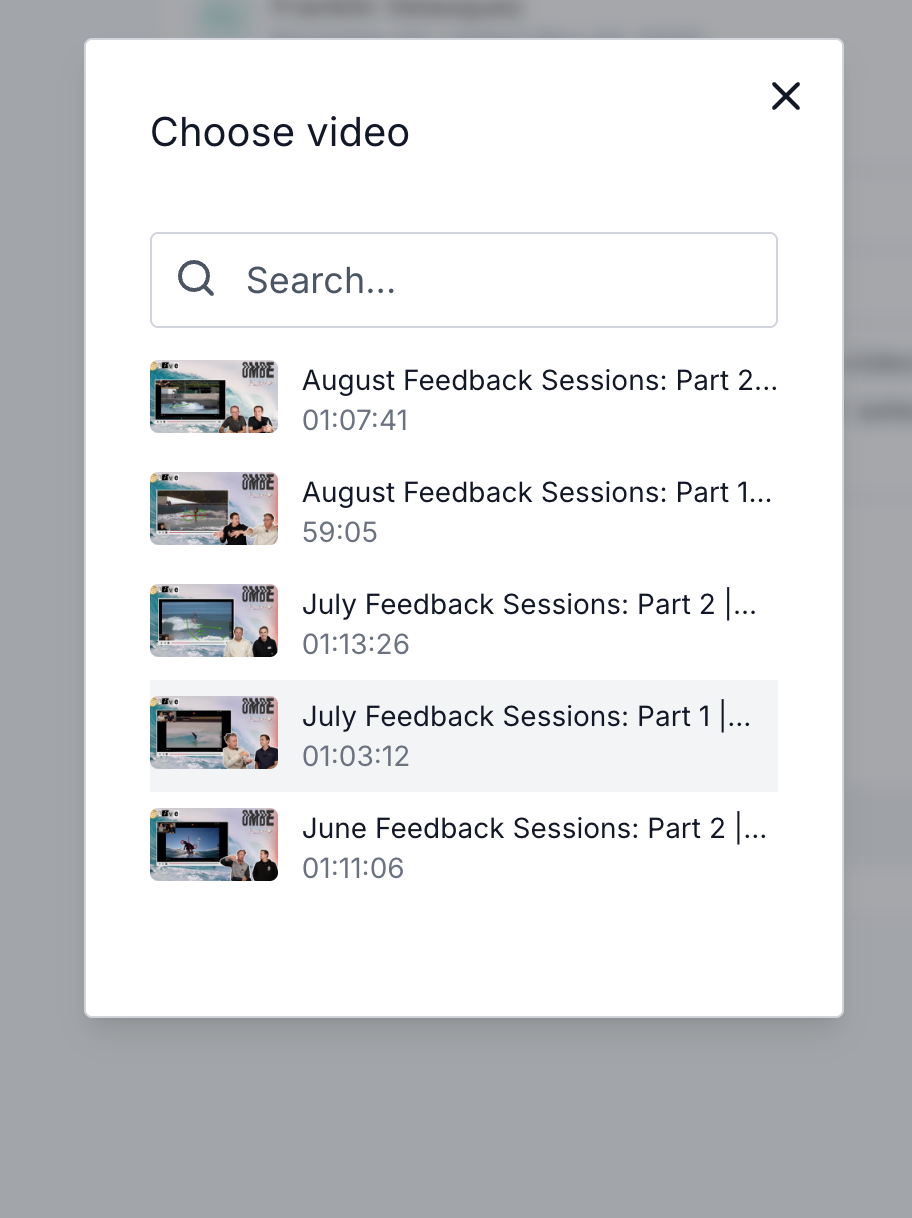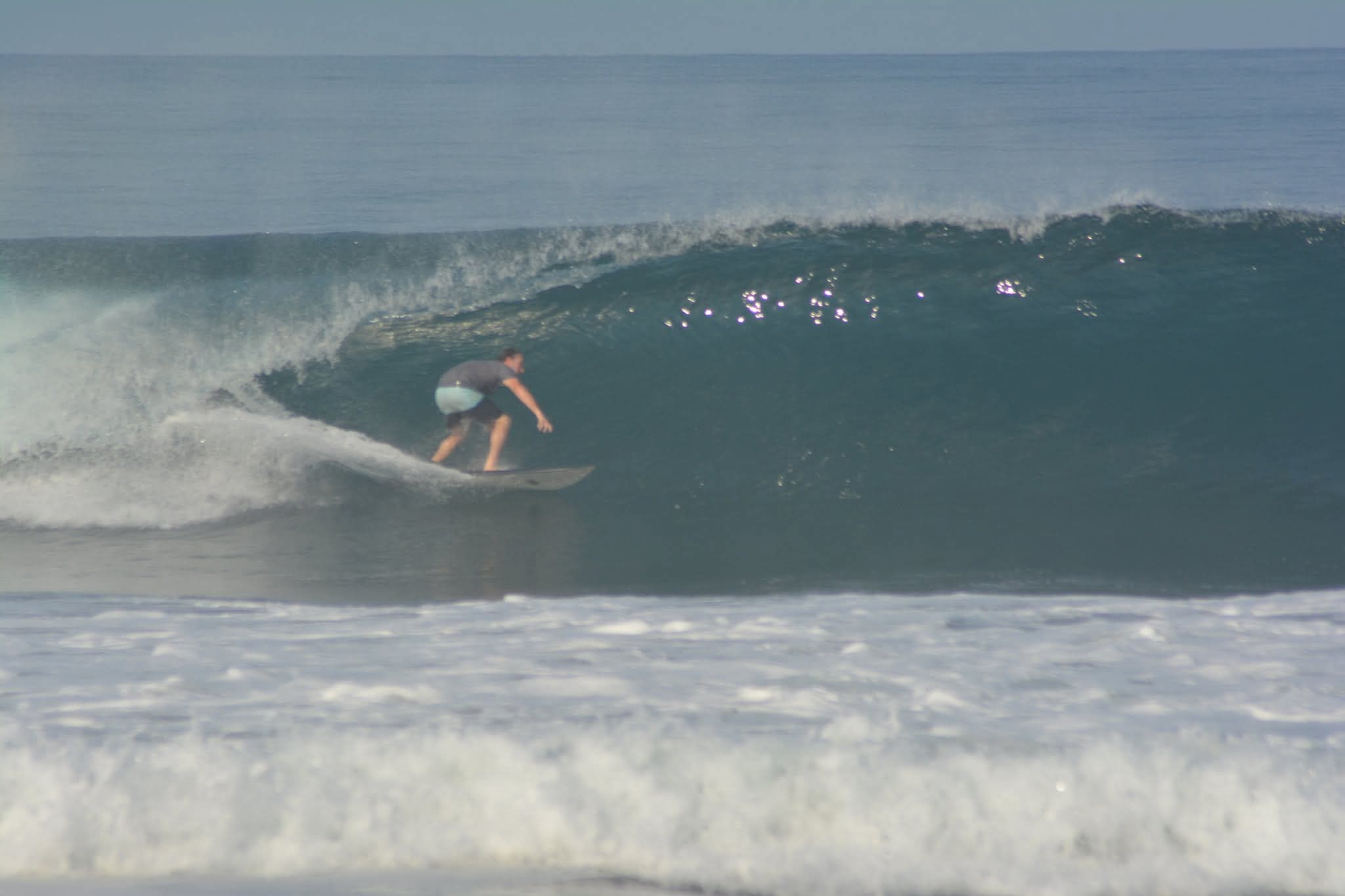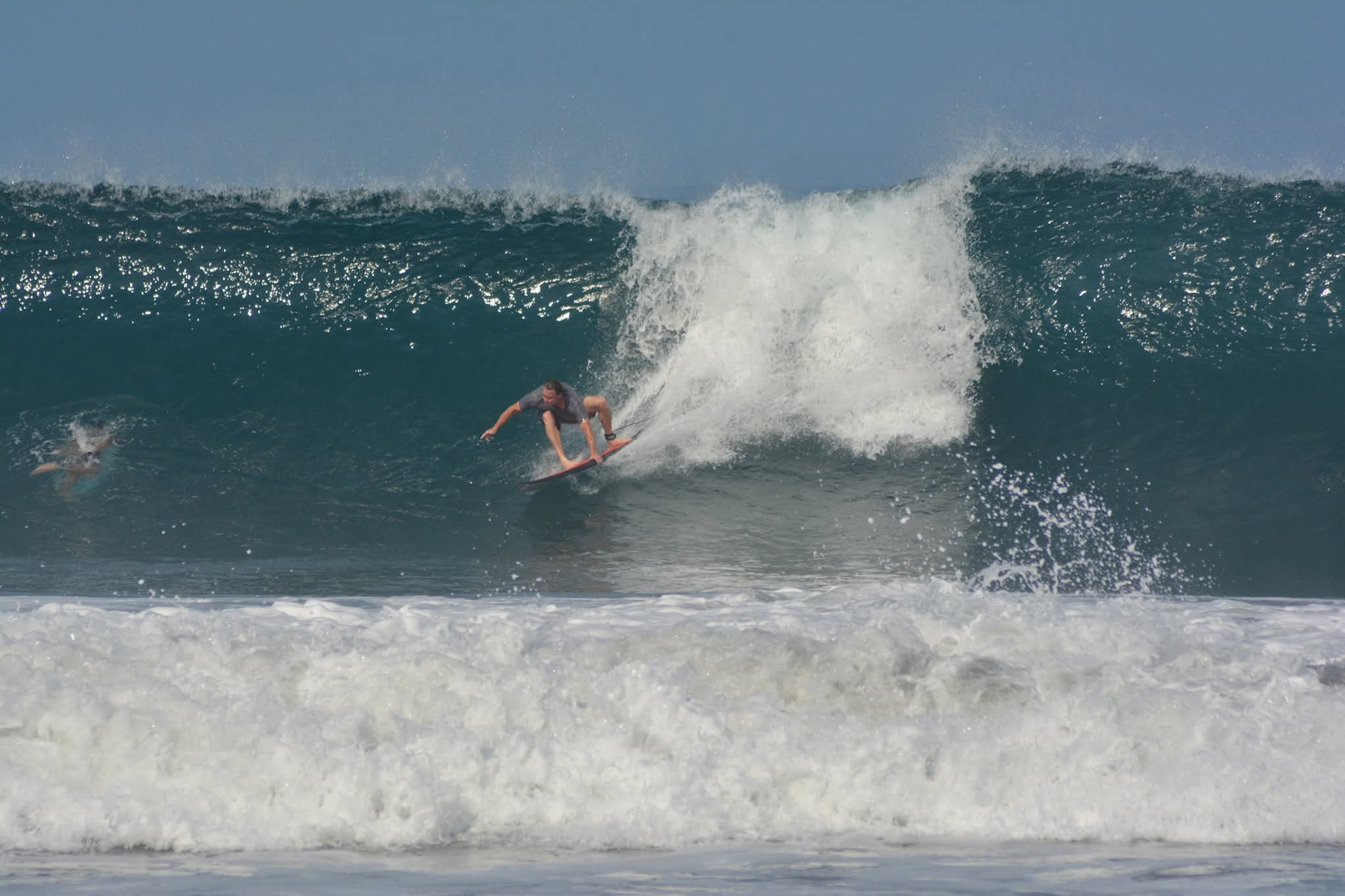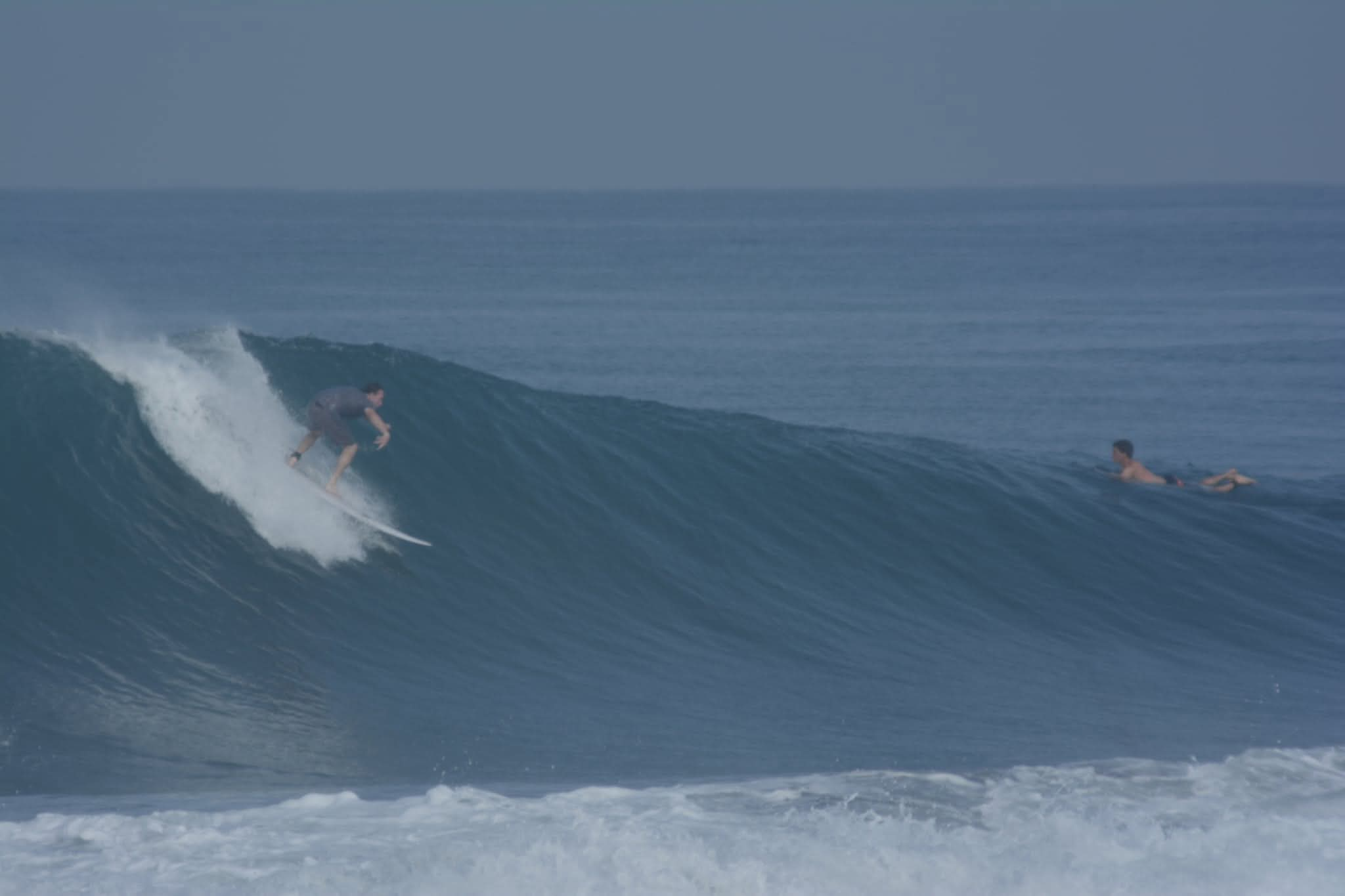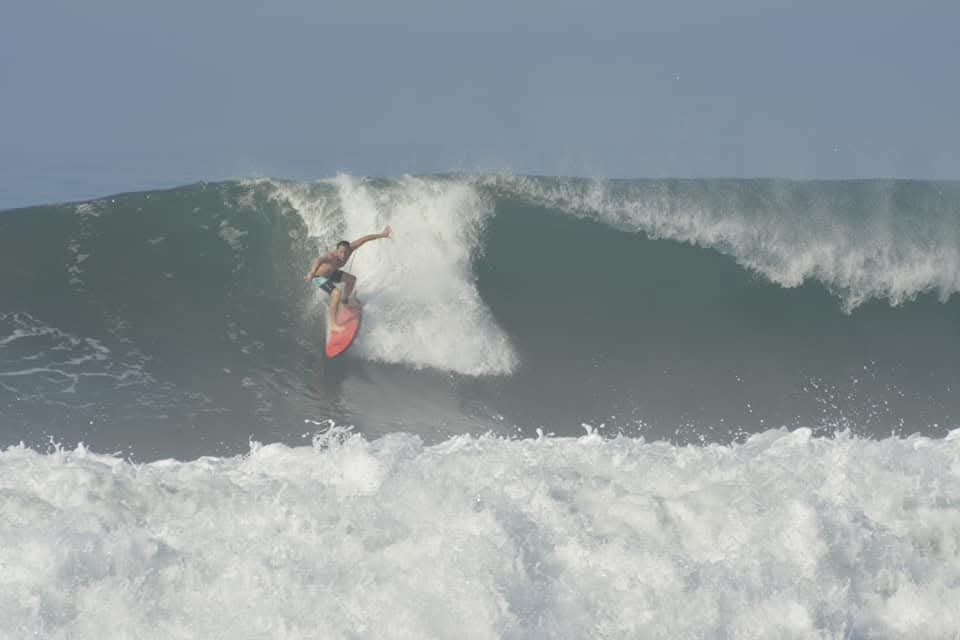Hi community ! looking for advice on improving my surfing any feedback is welcome thanks 🙏🏽
Get the app ->
Terms
∙
Privacy
∙
Surflab.ai
∙
Terms
∙
Privacy
∙
Waiver
∙
Gift Cards
∙
Claim Gift Card
∙




